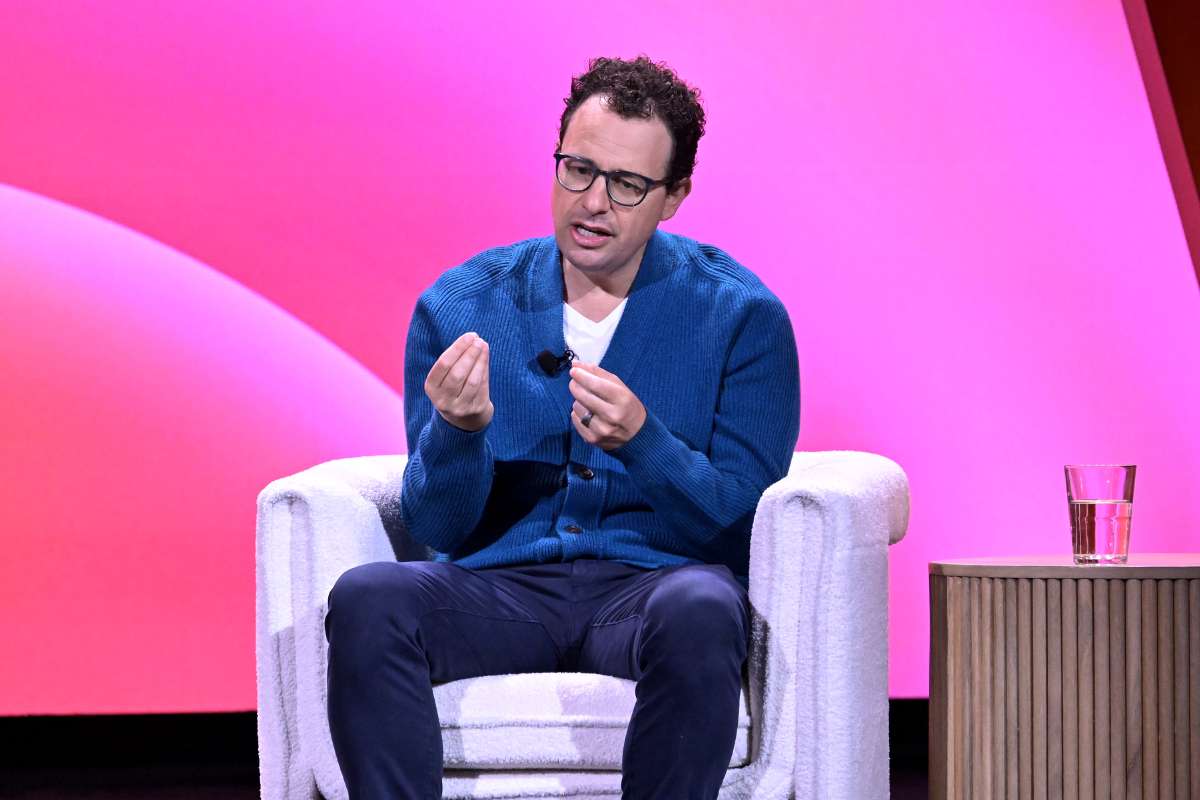Leadership Changes and Structural Realignment at CISA
Since the inauguration of President Donald Trump in January 2025, the cybersecurity sector has undergone significant changes—especially within the Cybersecurity and Infrastructure Security Agency (CISA). Personnel reshuffles and administrative restructuring are reshaping Trump Administration how the federal government tackles cyber threats.
Brian Harrell, former Assistant Secretary at the U.S. Department of Homeland Security, commented on these developments, noting that every president brings in their own team to execute their vision. While some have expressed concern about the dismissal of key cybersecurity officials, Harrell believes these moves present an opportunity to streamline government operations and improve efficiency. He emphasized that while public-private collaboration is essential—particularly for intelligence sharing—much of the real progress in reducing cyber risks is taking place in the private sector.
The Trump administration has also taken the controversial step of freezing certain cybersecurity regulations and disbanding the Cybersecurity Safety Review Board (CSRB). Harrell sees this as part of a broader effort to implement rapid risk mitigation strategies in alignment with the administration’s priorities. He noted that such institutional changes are typical when a new government takes office and aims to create its own oversight mechanisms.
Trump Administration Budget Uncertainty, APT Threats, and Critical Infrastructure Risks
While CISA’s budget for the fiscal year 2025 is slated for a modest increase, the final funding remains uncertain. This unpredictability raises concerns about the agency’s ability to counter advanced persistent threats (APTs), including state-sponsored actors like Volt Typhoon.
Harrell voiced particular concern about cyber threats from China, pointing out that the nation’s aggressive digital espionage tactics often go unnoticed until operationalized. He explained that many of China’s operations have shifted from basic data theft to more sophisticated campaigns targeting essential sectors such as energy, water, and finance. These intrusions may lie dormant until activated during a geopolitical crisis—such as a possible invasion of Taiwan.
He emphasized that ransomware attacks from foreign adversaries continue to cripple vital institutions, from hospitals to municipal governments. Strengthening collaboration between CISA and private-sector partners is essential for improving threat detection and response capabilities. Harrell advocated for reducing bureaucratic complexity and unifying cybersecurity governance across federal agencies. Doing so, he argued, would clarify responsibilities, eliminate redundant regulations, and allow companies to focus on meaningful security practices.
China’s Cyber Strategy, Corporate Responsibility, and the Road Ahead
Looking ahead, Harrell warned that China’s cyber aggression is likely to escalate, particularly against U.S. critical infrastructure. He cited recent activity by four major China-linked APTs—Volt, Salt, Flax Typhoon, and Velvet Ant—that have targeted essential systems with increasing sophistication. According to Harrell, many breaches remain undiscovered, as attackers often embed malicious code and wait for the right moment to strike.
He urged companies using Cisco equipment, particularly in the energy sector, to conduct immediate vulnerability assessments. Harrell also highlighted the need for software companies like Microsoft to adopt a stronger security culture across the development lifecycle. While the Trump administration is expected to adopt a more confrontational approach to cyber threats, Harrell believes the onus is also on tech giants to take proactive steps.
In conclusion, the cybersecurity landscape under Trump 2.0 appears to be moving toward a more aggressive and less bureaucratic model. With rising global threats and increasingly complex attacks, the emphasis will be on rapid response, stronger public-private coordination, and holding both adversaries and corporations accountable for digital security.






